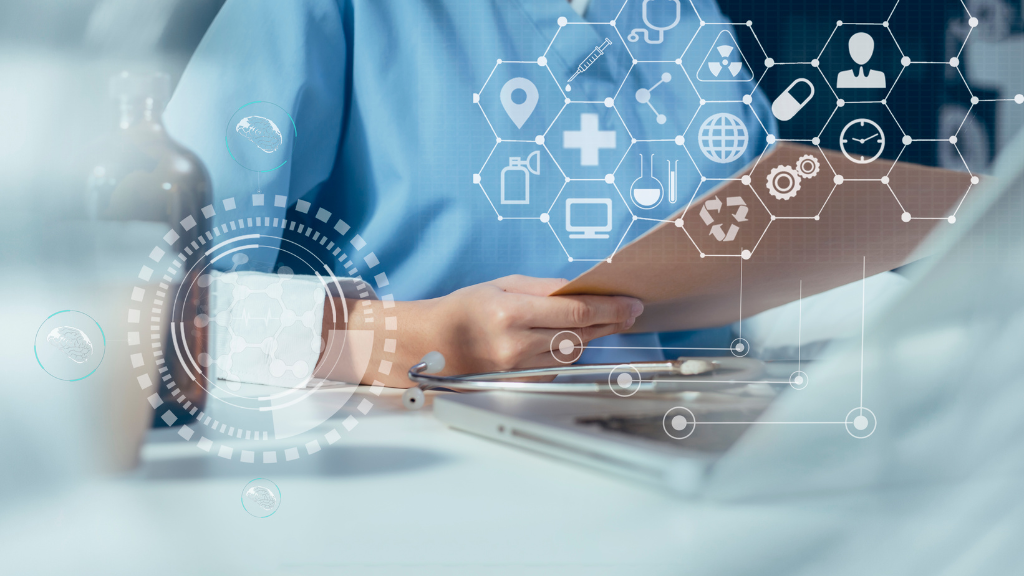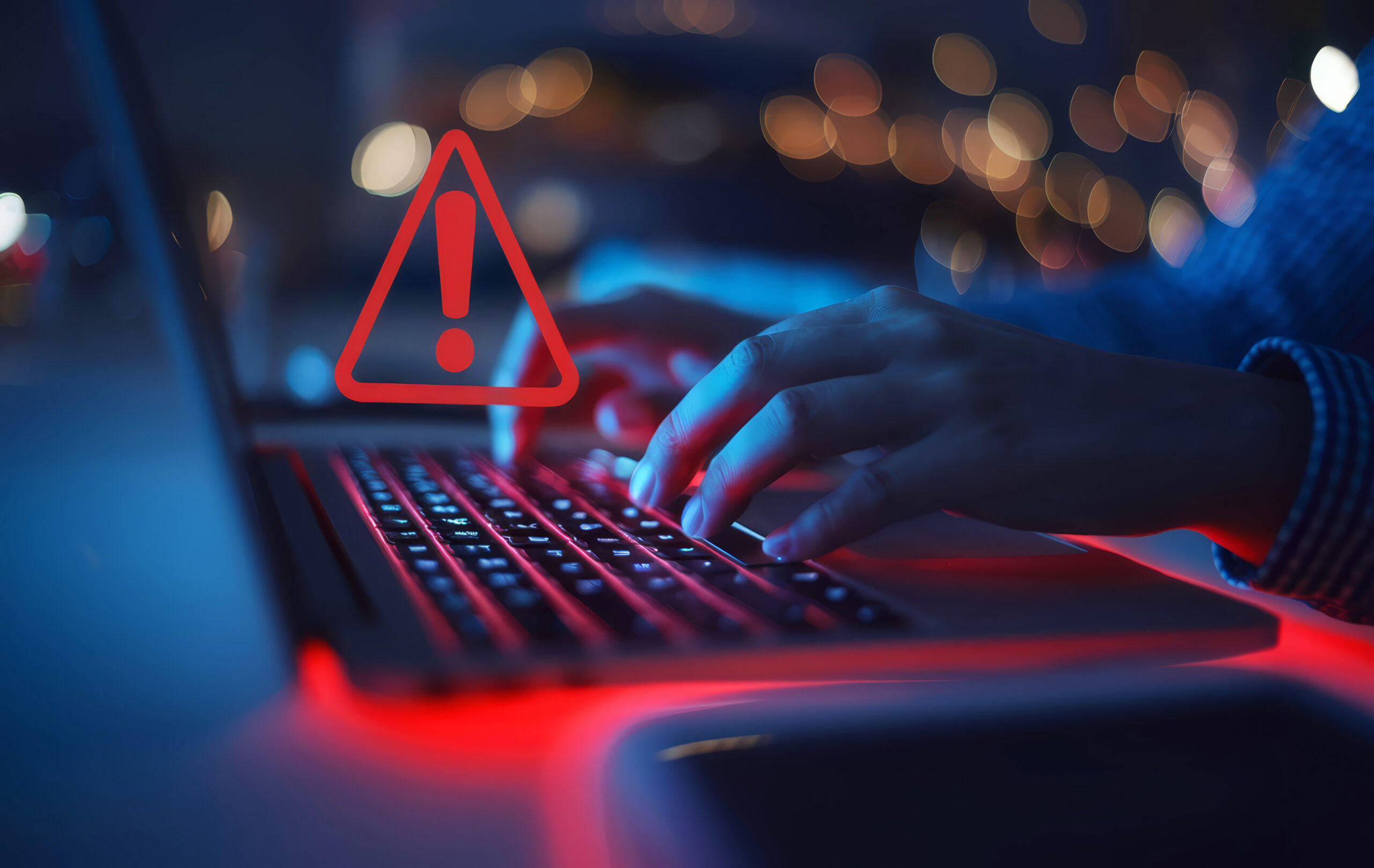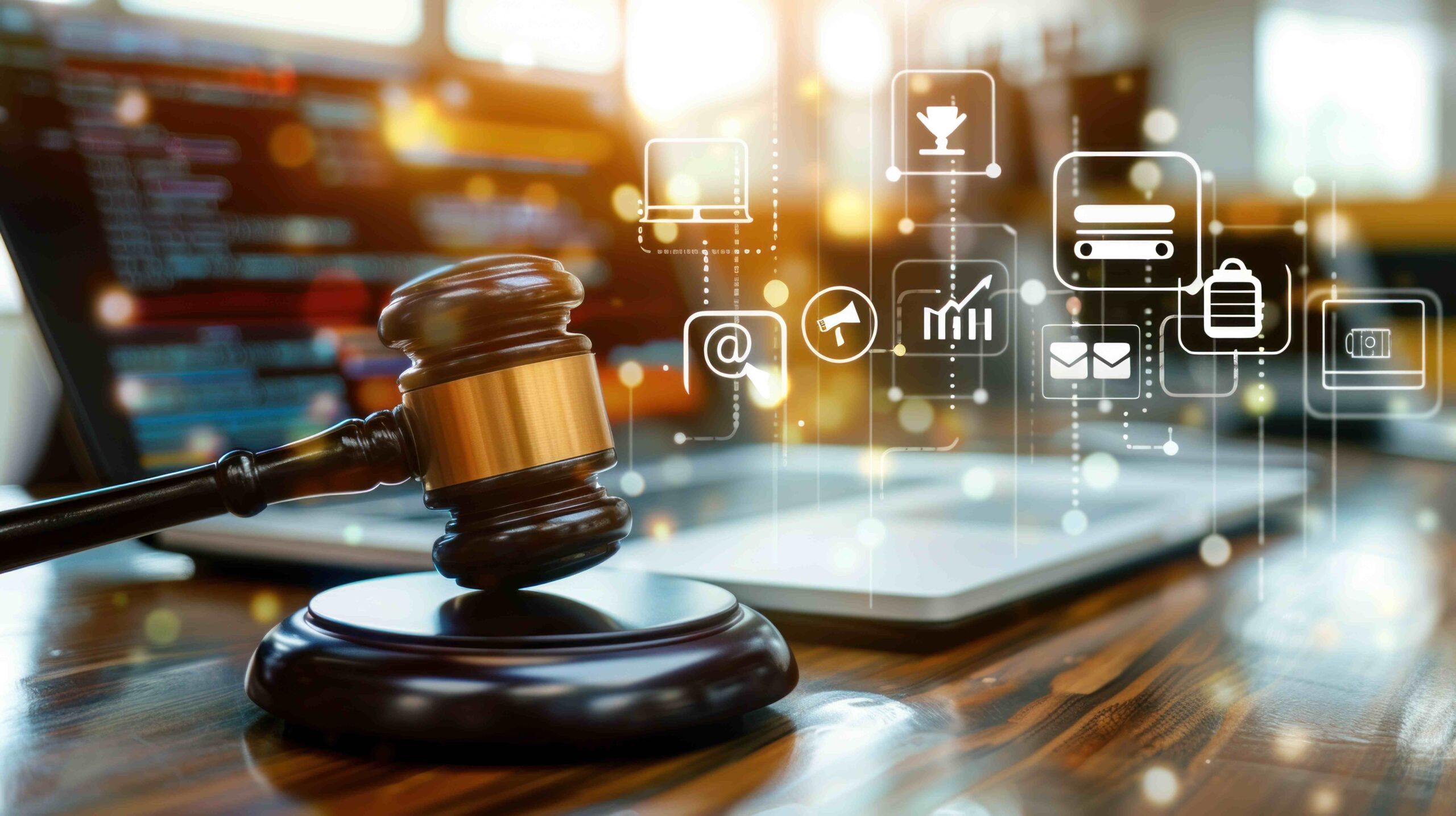In a world increasingly reliant on digital networks and platforms, the importance of cybersecurity in healthcare cannot be overstated. While all industries face the threat of cyber attacks, healthcare organizations are particularly vulnerable due to the sensitive personal data they manage and their crucial role in public safety. Recent years have seen an alarming rise in ransomware attacks on hospitals, impacting data privacy and life-saving services. So, what can hospitals do to prevent ransomware attacks?
In this post, we unravel the complexities of this integration and take you on an in-depth journey exploring “How to prevent cyber attacks in healthcare.”
How to Prevent Cyber Attacks in Healthcare
Building a Robust Cybersecurity Infrastructure
A robust cybersecurity infrastructure is the cornerstone of any defence strategy. This involves implementing firewalls, anti-malware software, data encryption, and secure networks.
Employee Education and Training
Regular training of healthcare staff to identify and avoid potential cyber threats can significantly reduce the risk of attacks. This includes recognising phishing emails, using strong passwords, and understanding the importance of regular software updates.
Effective Patient Data Management

Proper patient data management, including regular backups and secure data storage, can help prevent data loss in an attack. Using secure systems for data transfer and ensuring data encryption is also vital.
Regular System Updates and Patch Management
Keeping all systems updated with the latest patches is essential to protect against known vulnerabilities. A robust patch management process can help maintain the security of healthcare IT systems.
Deploying Network Security Measures
Implementing network security measures like secure Wi-Fi, VPNs, and intrusion detection systems can help safeguard against network-based attacks.
Use of Intrusion Detection and Prevention Systems
Intrusion detection and prevention systems can identify and stop cyber threats before they infiltrate the network, providing a valuable line of defence.
Implementation of Incident Response Plans
Having a well-defined incident response plan can limit the damage in case of a breach and ensure a quick return to normal operations.
Also Check: Unveiling the Benefits of AI in Cyber Security in 2023
Ways to Protect Your Clinical Diagnostic Lab from Cyber Attacks
Prioritising System Security in Lab Design
Designing security into the system from the outset can drastically reduce the risk of cyber attacks. Consider all aspects of your lab’s operations, from data collection to reporting, and ensure that every step has security measures.
Conducting Regular Security Audits
Regular security audits are a vital tool in your defence against cyber attacks. They help identify vulnerabilities in your system, allowing you to fix them before they’re exploited.
Educating Staff and Implementing a Strong Security Culture
Your staff are your first line of defence against cyber attacks. Regular training, reminders, and a strong security culture can help prevent unintentional breaches and make it harder for hackers to gain a foothold.
Conclusion
Preventing cyber attacks in healthcare is no small feat, but it’s entirely possible with a proactive approach encompassing understanding, preparation, and constant vigilance. By recognising the importance of cyber security in healthcare, educating staff, maintaining up-to-date systems, and having a robust response plan, healthcare providers can shield themselves and their patients from these threats.
Despite these measures, the rapidly evolving nature of cyber threats makes it vital to partner with experienced cybersecurity firms like Nextdoorsec.
FAQs
1. What are 5 ways to prevent cyber-attacks?
- Use Strong Passwords: Implement complex passwords and change them regularly.
- Regular Software Updates: Keep all software and systems up to date with the latest security patches.
- Employee Training: Educate staff about cybersecurity best practices and common attack methods like phishing.
- Implement Firewalls and Antivirus Software: Use these tools to protect against malware and unauthorized access.
- Backup Data Regularly: Ensure data is backed up to recover quickly in case of a cyber attack.
2. What are the 3 key prevention measures for cyber attacks?
- Strong Authentication Protocols: Use multi-factor authentication for added security.
- Regular Security Audits: Conduct audits to identify and address vulnerabilities.
- Effective Incident Response Plan: Have a plan in place to quickly respond to and mitigate the effects of cyber attacks.
3. What is the strategy to prevent cyber attacks?
A comprehensive strategy to prevent cyber-attacks includes implementing robust security measures like firewalls and antivirus software, regularly updating and patching systems, training employees on security awareness, enforcing strong password policies, and having an effective incident response plan.
4. How can we protect against cyber risk?
Protect against cyber risk by maintaining up-to-date security measures, conducting regular risk assessments, training employees in cybersecurity awareness, securing sensitive data, and having a solid incident response plan.
5. How to prevent ransomware attacks in healthcare?
To prevent ransomware attacks in healthcare, ensure regular data backups, train healthcare staff on recognizing phishing attempts, keep all systems and software updated, restrict access to sensitive data, and use strong endpoint protection.
6. How to improve cybersecurity in healthcare?
Improve cybersecurity in healthcare by implementing strong access controls, conducting regular security training for staff, maintaining up-to-date systems and software, encrypting sensitive data, and conducting frequent security audits and risk assessments.
7. How to protect healthcare data?
Protect healthcare data by enforcing strict access controls, using encryption for data at rest and in transit, conducting regular security training for healthcare staff, maintaining compliance with regulations like HIPAA, and regularly backing up data.
8. What can I find in cybersecurity in healthcare PDF?
A cybersecurity in healthcare PDF typically includes information on current cybersecurity challenges in the healthcare sector, best practices for protecting patient data, compliance with healthcare regulations, and strategies for mitigating cyber threats.
9. What are the top 10 threats to healthcare security?
The top 10 threats to healthcare security often include ransomware attacks, phishing scams, data breaches, insider threats, unsecured medical devices, cloud storage vulnerabilities, inadequate disaster recovery plans, outdated systems, lack of employee training, and weak access controls.
10. What is cyber etiquette in the health sector?
Cyber etiquette in the health sector refers to the best practices and ethical guidelines for using digital technologies and managing data. This includes maintaining patient confidentiality, securing patient data, responsible sharing of information, and adhering to privacy laws and regulations.
11. What happened in the CommonSpirit cyber attack?
In the CommonSpirit cyber attack, the healthcare organization experienced a significant security breach that likely involved unauthorized access to or acquisition of patient and employee personal information. This incident highlights the importance of robust cybersecurity measures in the healthcare industry.
12. What are some security measures in healthcare?
Security measures in healthcare include implementing strong password policies, using encryption for sensitive data, regular cybersecurity training for staff, maintaining up-to-date antivirus and malware protection, conducting frequent security audits, and complying with healthcare regulations like HIPAA.






0 Comments